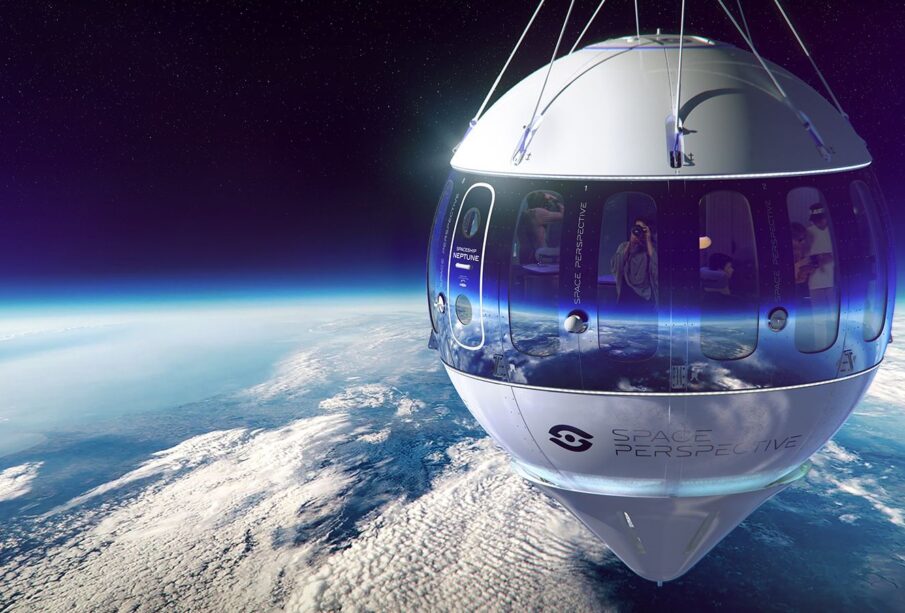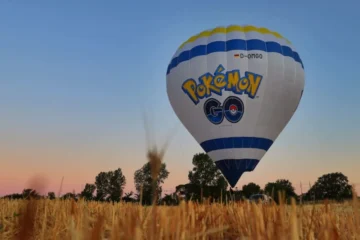Runway to the Future – How Space Age Technology Transformed Air Travel?

The evolution of aviation has always been intertwined with technological innovation. From the early days of the Wright brothers to the dawn of the jet age, each new breakthrough opened up possibilities for faster, higher, and farther air travel. But perhaps no period was more transformational than the space age, when technology developed for spaceflight found new applications that radically changed the passenger experience while also making air travel far safer and more efficient.
Commercial aviation first took wing in 1914, but for decades travel by air remained a primitive, bumpy, and noisy endeavor. Most aircraft were constructed from wood and canvas, had few navigational aids, and crude cockpits. But visionaries imagined a future where aviation would transform global mobility. It would be affordable for everyone to take a flight. Space race between Soviet Union and US sowed the seeds of this vision. This intense technological competition spawned a wave of innovations that reshaped commercial air travel. Jet engines developed for high-speed aircraft during WWII were now adapted for passenger planes, greatly increasing their speed and range. Pan American World Airways inaugurated the jet age with the first-ever commercial transatlantic jetliner flight.
The earliest jetliners like the de Havilland Comet and Boeing 707 cut travel times in half compared to propeller planes. Their high-altitude pressurized cabins also made flying far more comfortable for passengers. But this was only the beginning of a technological transformation. The computer revolution that facilitated space exploration was also critical for advancing development of aviation. Integrated circuits and microprocessors miniatuarized systems, allowing more instrumentation and controls on the cockpit. Analog flight instruments were replaced with digital screens and readouts, providing pilots vastly more information and visually depicting the airplane’s orientation. Navigation evolved from radio beacons to inertial guidance systems first used on missiles and satellites.
Materials developed for spacecraft like high-strength plastics and composites were soon utilized for airplane construction, increasing durability and saving weight. Extensive testing conducted by NASA established new safety standards that informed the design of jetliner interiors to survive accidents and fires. Perhaps the most prominent example of aviation benefiting from space technologies is the Global Positioning System. Originally developed to guide missiles, satellites were launched in the 1970s for precise navigation worldwide. When GPS became available for civilian use in 1995, the implications for air travel were immense.
GPS removed the need for physical ground-based navigation infrastructure. With accurate global positioning on board, routes could be optimized in real-time based on weather, traffic, and other factors. Aircraft equipped with GPS could also land with near zero visibility, enabling flight schedules to continue uninterrupted regardless of conditions. Runway lighting systems further leveraged satellites to support landings. The digital revolution also facilitated sweeping advances in air traffic control. A networked digital tool with a graphical user interface replaced radar-based automation systems. Air traffic controllers could now easily visualize traffic, communicate through data links rather than voice channels, and simulate scenarios. With vastly enhanced awareness and information sharing between pilots and controllers, capacity and safety improved.
Today, technologies adapted from or inspired by the space age underpin every stage of a typical commercial flight. Satellites guide aircraft through all phases of flight and enable accurate navigation and communication. Onboard computers integrated with digital controls perform millions of calculations seamlessly to optimize efficiency. Reusable rocket technologies are being adapted to create a new generation of ultra-fast air travel.



















